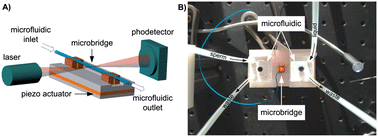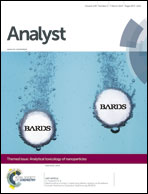Experimental evidence of a buoyant mass difference between bovine spermatozoa bearing X- and Y-chromosomes using a micromechanical resonator
Abstract
Flow cytometry is to date the only commercially viable technique for sex preselection of mammalian spermatozoa, measuring the different DNA content in X- and Y-chromosome bearing spermatozoa. Here we present experimental evidence of a measurable difference between bovine spermatozoa bearing X- and Y-chromosomes based on their buoyant mass. Single cells of two populations of flow-cytometrically sorted spermatozoa were analyzed by means of a micromechanical resonator, consisting of a suspended doubly-clamped microcapillary. Spermatozoa buoyant mass is related to the transitory variation in vibration phase lag, caused by the passage through the sensitive area of a single sperm cell suspended in a fluid. Data analysis shows two well-separated distributions and provides evidence of the sensor capabilities to detect the buoyant mass of single cells with such accuracy to distinguish X- and Y-chromosome bearing spermatozoa. These preliminary results suggest the possibility to develop an intriguing technique alternative to flow cytometry in the field of sperm sorting.


 Please wait while we load your content...
Please wait while we load your content...